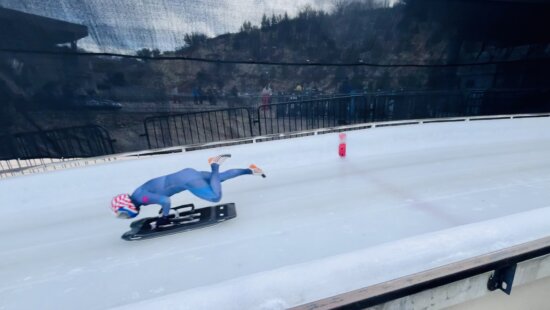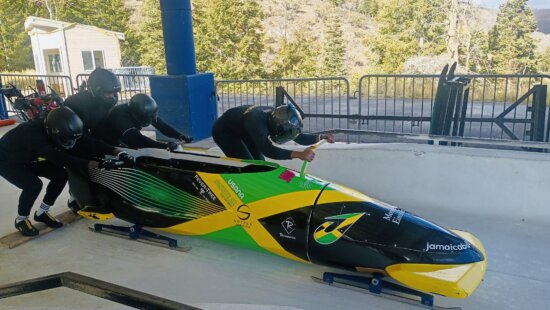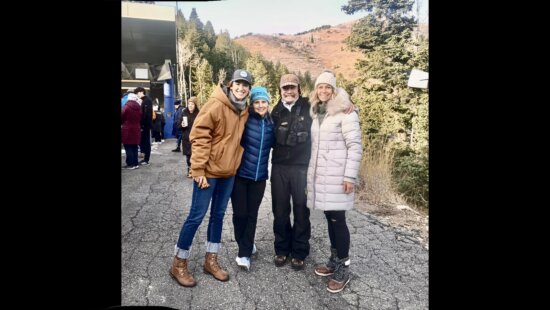Sports
Combine in Utah showcases bobsled’s unique athlete pipeline

Utah Olympic Park's Bobsled/Skeleton track in the Fall. Photo: Michele Roepke
PARK CITY, Utah — Over one hundred athletes turned out for the most recent United States Bobsled Skeleton Federation’s (USABS) recruitment combine at the Olympic Oval in Salt Lake City. The event took place Saturday, August 17, and local coaches attribute the high turnout to the recently announced return of the Winter Olympic Games to Salt Lake City and Park City, where sliding events will take place at the Utah Olympic Park.
“The energy at the Utah Olympic Oval was electric as we welcomed over 100 athletes nationwide. We were thrilled to see so many of you show up, ready to chase your dreams of representing the red, white, and blue. ” Curt Tomasevicz, Director of Sport Performance for USA Bobsled & Skeleton said.
At the combine, athletes were tested in four key exercises including a 40-meter sprint, the broad jump, vertical jump and an explosive push exercise using a weighted sled.
The top three highest-scoring athletes were invited to the US Olympic Training Center in Lake Placid, N.Y. for advanced training sliding school.
A secondary group of combine participants were invited to a training camp and sliding school in November at Park City’s Utah Olympic Park.
Hosting combines like this one in Utah, especially at an Olympic venue, is a rarity. Typically, these events take place in states like California, Ohio, Arizona, or Michigan, where college-aged elite athletes from various sports, such as track and field or football, are concentrated. It’s this pool that USABS recruits its athletes from, most typically.
On the whole, bobsled athletes tend to be older on average. It’s one of the few Olympic sports, summer or winter, where athletes often don’t start until they’re 16, 17, 18, or even older.
The reasons for this vary, but it’s primarily due to the physical demands of bobsledding. The sleds are heavy – about 375 pounds – and it requires a unique blend of strength, coordination, and speed that often comes with age.
In contrast, the third sliding sport, luge, allows athletes to start at a younger age and is governed by a separate national body.




















